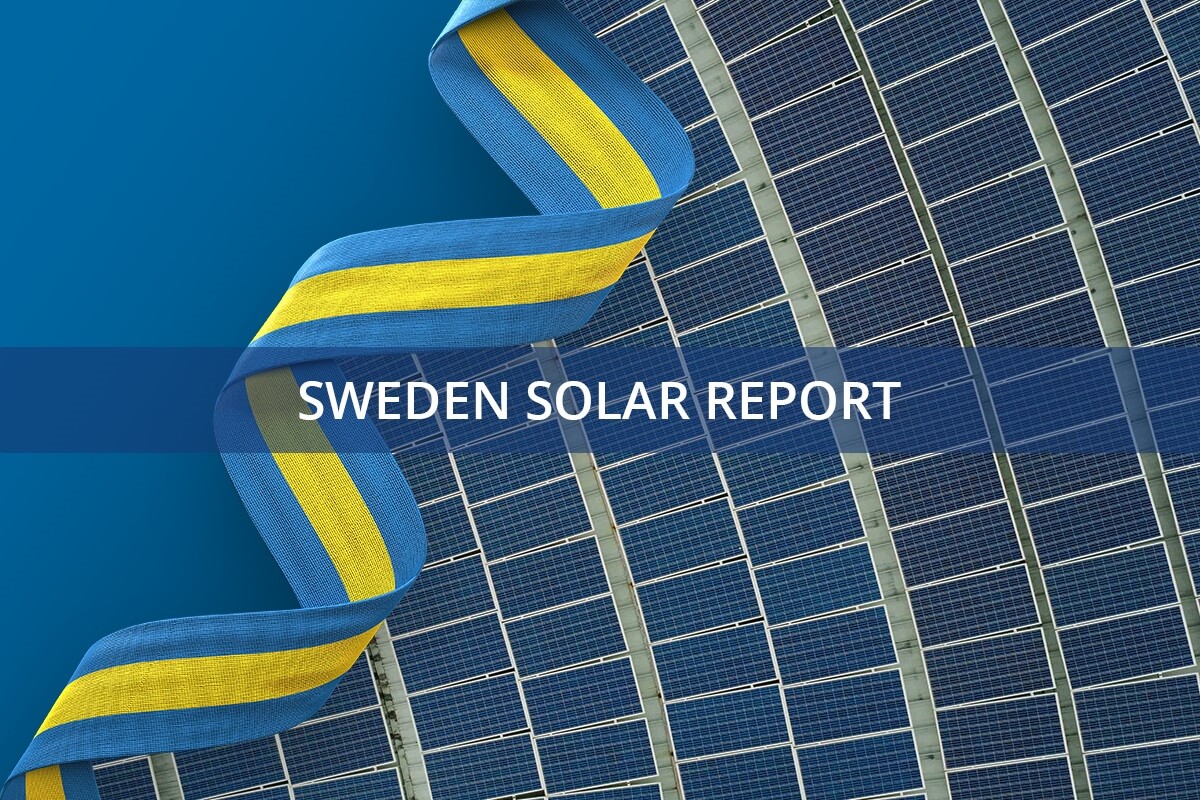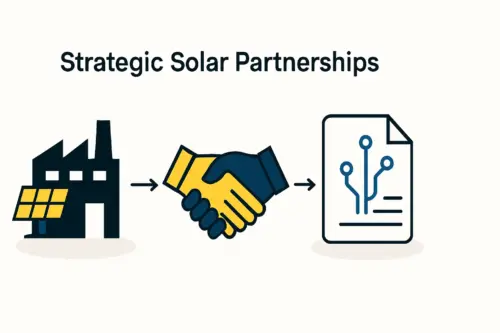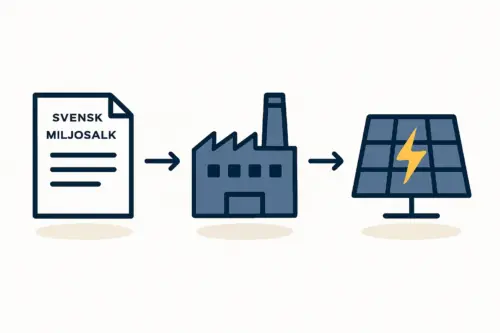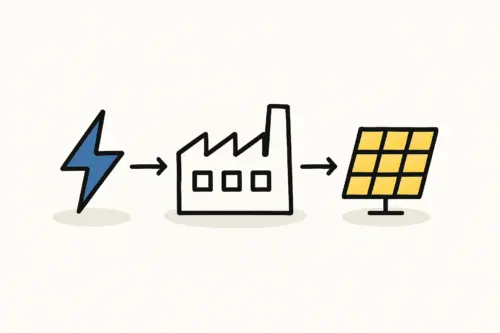Logistical Planning: Using the Port of Gothenburg for Solar Component Imports and Module Exports
Entrepreneurs planning to establish a solar module factory often focus on production machinery, raw material sourcing, and labor. However, logistics is a critical factor in the entire operation’s financial viability.
The choice of a seaport is not merely a detail; it is a strategic decision that impacts cash flow, production timelines, and market access. An efficient port can act as the central hub of a successful manufacturing enterprise, while an inefficient one can become a persistent bottleneck.
This article examines the practical advantages of making the Port of Gothenburg, Scandinavia’s largest port, a central part of a solar manufacturing business’s logistics. We will explore how its unique features, from customs procedures to inland connectivity, can provide a significant competitive edge for both importing components and exporting finished modules.
Why a Port’s Location is a Cornerstone of Solar Manufacturing Strategy
A solar module assembly line is fundamentally a business of conversion, turning imported components—such as solar cells, EVA foil, glass, and aluminum frames—into higher-value finished products. The efficiency of this process depends heavily on the uninterrupted flow of materials.
Consider the journey of these components: often manufactured in different parts of the world, they must be consolidated at the factory. Similarly, the finished solar modules must be reliably distributed to customers. The port serves as the primary gateway for both critical movements. Its location, efficiency, and infrastructure directly influence:
-
Working Capital: Delays in customs or unloading tie up capital in inventory, stalling production.
-
Production Scheduling: An unreliable supply chain makes it difficult to maintain a consistent manufacturing schedule.
-
Final Product Cost: Shipping, transport, and customs duties are significant costs that must be carefully managed.
Therefore, selecting a port is as fundamental as choosing the right factory location.
An Overview of the Port of Gothenburg: Scandinavia’s Logistical Hub
The Port of Gothenburg is the largest port in Scandinavia by a significant margin. To understand its scale, consider these figures:
Ready to make big Profits?
The solar Industry is Booming
WE HELP NEWCOMERS to the solar industry start their own solar module production line. Customers can make BIG PROFITS by selling modules and finding investors, without wasting money and time on things they don't need!
-
Handles approximately 30% of Sweden’s total foreign trade.
-
Offers direct sea routes to over 140 global destinations.
-
Accommodates over 7,800 vessel calls annually.
These statistics translate into tangible business benefits: frequency, reliability, and global reach. For a solar entrepreneur, this means less risk of supply chain disruptions and more options for sourcing materials and shipping finished products to international markets.
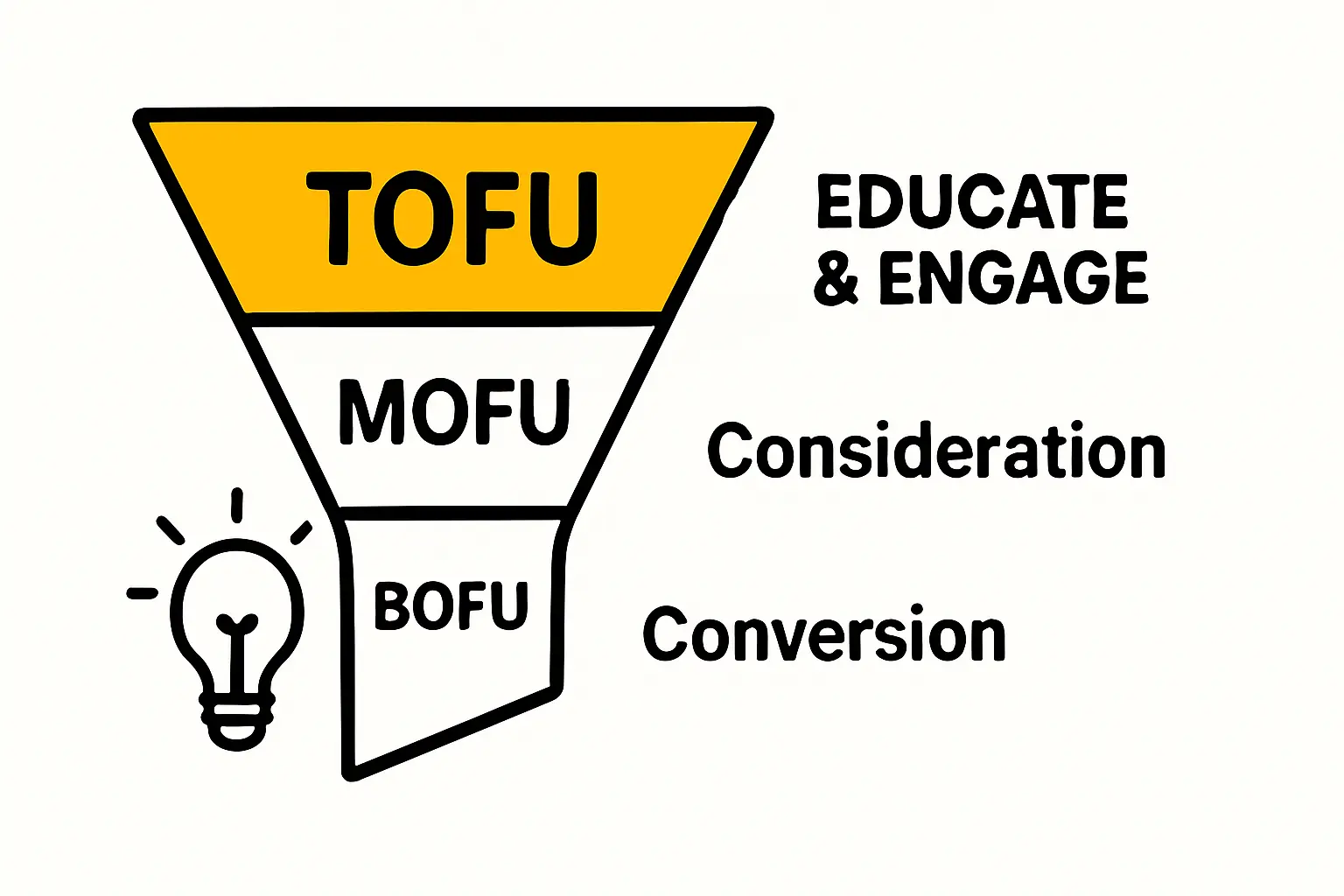
The Strategic Advantages for Solar Component Imports
The first half of the logistics equation is the efficient importation of raw materials and machinery. The Port of Gothenburg offers distinct advantages in this area, especially for customs and freight handling.
Streamlined Customs and Financial Benefits
One of the port’s most compelling features for an importer is its status as a Foreign Trade Zone (FTZ). In an FTZ, certain customs duties and taxes are deferred until goods leave the zone and enter the domestic market.
For a solar manufacturer, this creates a powerful cash flow advantage. Instead of paying duties on all imported solar cells and glass upon arrival, the business pays these duties only when the finished modules containing those components are sold into the local customs territory. If the modules are exported, many of these initial duties may not be due at all. This frees up significant working capital that can be used for operations rather than being tied up in prepaid taxes.
Diverse Freight Handling Capabilities
Solar manufacturing requires a mix of standard and specialized cargo. The Port of Gothenburg is equipped to handle both efficiently:
-
Lo-Lo (Lift-on/Lift-off): This is the standard method for containerized goods. Pallets of solar cells, rolls of EVA foil, and crates of junction boxes typically arrive in standard containers handled by Lo-Lo services.
-
Ro-Ro (Roll-on/Roll-off): This method is ideal for oversized or specialized equipment that can be rolled onto and off a vessel, such as large laminators or stringer machines.
This dual capability allows a new factory to coordinate the delivery of both its bulk raw materials and sensitive manufacturing equipment through a single, well-equipped port. This approach simplifies the complex process of importing essential production machinery.
Optimizing Module Exports and Regional Distribution
Once modules are manufactured, the logistical challenge shifts to efficient distribution. Here, the port’s inland connectivity becomes its greatest asset.
Unparalleled Inland Connectivity via Rail
The Port of Gothenburg is home to Railport Scandinavia, the largest open-access rail system in Sweden. This system connects the port directly to key industrial zones throughout Scandinavia. Approximately 70% of the region’s total industry and population can be reached within a 500-kilometer radius via this rail network.
The business impact of this infrastructure is significant. In one documented case from a J.v.G. Technology project, a solar panel importer switched their inland transport from trucking out of a central European port to using the rail system from Gothenburg. The result was a 20% reduction in inland transport costs and a two-day shorter delivery time. For a business operating on tight margins, such savings in cost and time are a substantial competitive advantage.
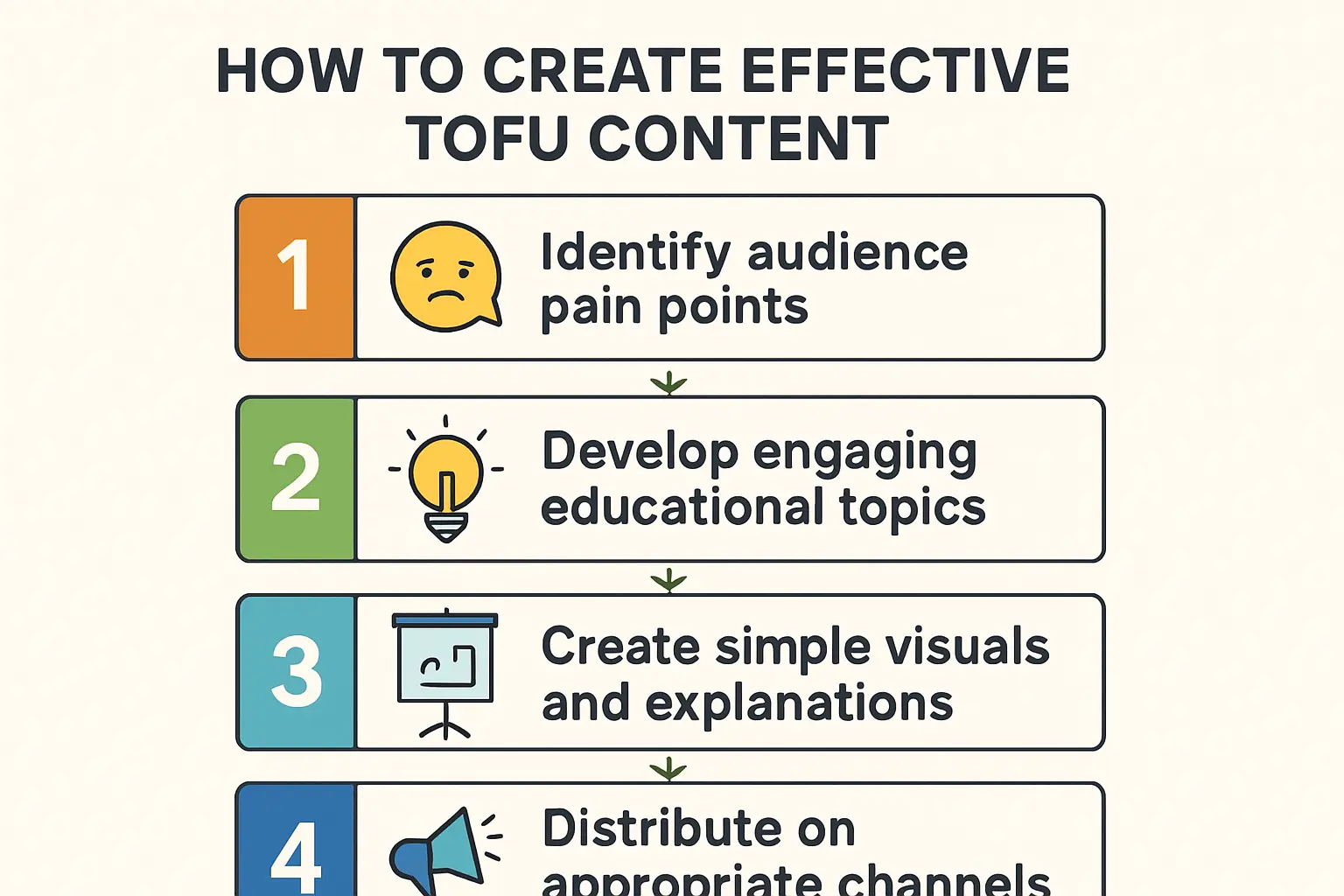
A Gateway to European and Global Markets
The port’s extensive network of direct sea routes makes it an effective launchpad for exporting finished modules. A manufacturer based in the region can serve the Scandinavian market efficiently and also ship containers directly to key markets in Europe, North America, and beyond without costly, time-consuming transshipments at other European ports.
Aligning with Sustainability Goals
For a company in the renewable energy sector, a sustainable supply chain is not just an operational goal but also a brand imperative. The Port of Gothenburg has committed to reducing its carbon dioxide emissions by 70% by 2030. Initiatives include offering shore power connections for vessels at berth and prioritizing climate-friendly rail transport over trucking. Partnering with a port that shares these values reinforces a solar company’s commitment to sustainability from start to finish.
Practical Considerations and Potential Challenges
While the Port of Gothenburg offers many advantages, no logistical hub is without its challenges. Like any major port, it can experience congestion during peak seasons. Furthermore, navigating customs documentation for specialized solar components requires expertise.
Businesses should therefore work with experienced freight forwarders who understand both the port’s operating procedures and the specific requirements of the solar industry. Proper planning and strong partnerships are key to managing your supply chain effectively and mitigating potential delays.
Frequently Asked Questions (FAQ)
What is a Foreign Trade Zone (FTZ) and how does it benefit my solar business?
An FTZ is a designated area where standard customs regulations are modified. For a solar manufacturer, the primary benefit is the deferral of import duties. You pay duties on components only when the finished product enters the domestic market, improving your company’s cash flow.
How does rail transport from Gothenburg compare to trucking from other European ports?
Rail transport is often more cost-effective and environmentally friendly for moving goods overland. As real-world examples show, it can lead to significant cost savings (up to 20%) and faster delivery times compared to long-haul trucking from other major European entry points.
What kind of documentation is needed for importing solar manufacturing equipment?
Standard import documentation such as a bill of lading, commercial invoice, and packing list is required. For specialized machinery, however, you may also need certificates of origin, technical specification sheets, and specific tariff code classifications to ensure smooth customs clearance.
Can the port handle oversized machinery like laminators?
Yes. The port’s Ro-Ro (Roll-on/Roll-off) terminals are specifically designed to handle oversized and heavy cargo that does not fit into standard containers, making it well-suited for transporting large-scale manufacturing equipment.

Conclusion and Next Steps
The selection of a port is a foundational business decision for any solar manufacturer. The Port of Gothenburg presents a compelling case as a strategic partner, offering more than just a place for ships to dock. Its Foreign Trade Zone status offers direct financial benefits, while its advanced rail infrastructure provides a cost-effective and reliable way to manage both inbound components and outbound products.
By building your business plan around such a capable logistical hub from the outset, you create a resilient supply chain that supports, rather than hinders, your company’s growth and profitability. This strategic approach to logistics is a hallmark of successful industrial ventures.

